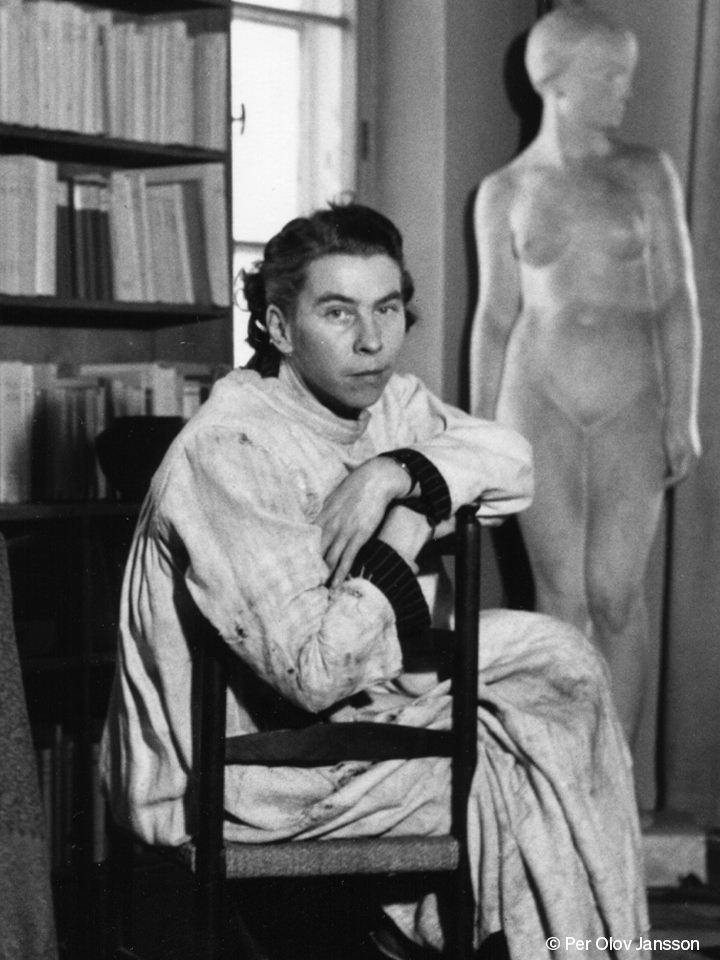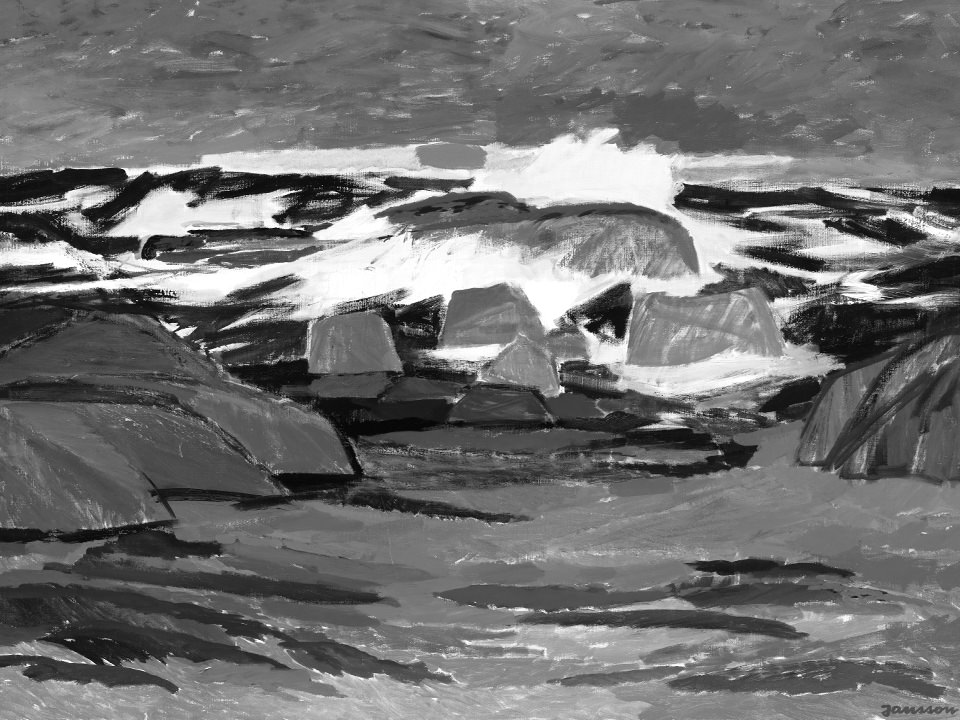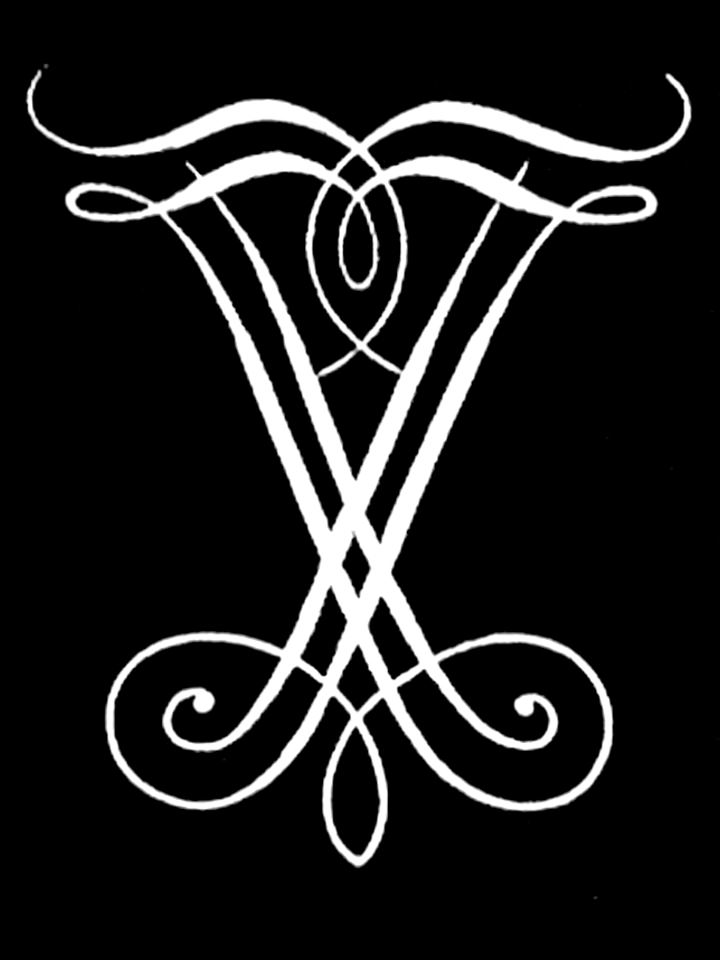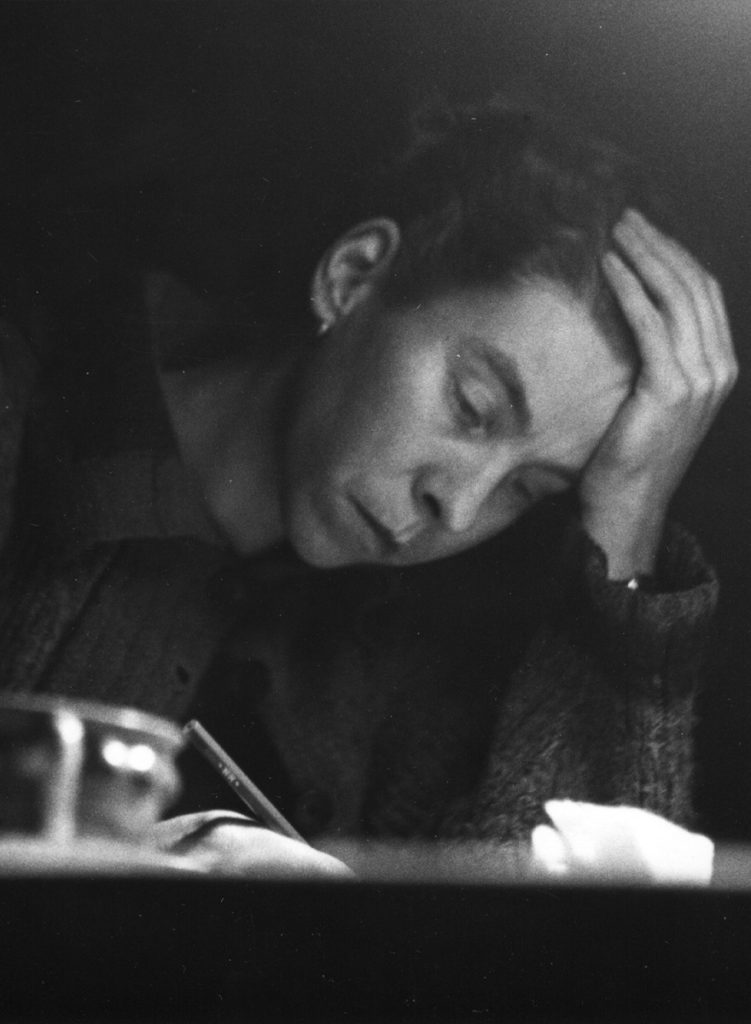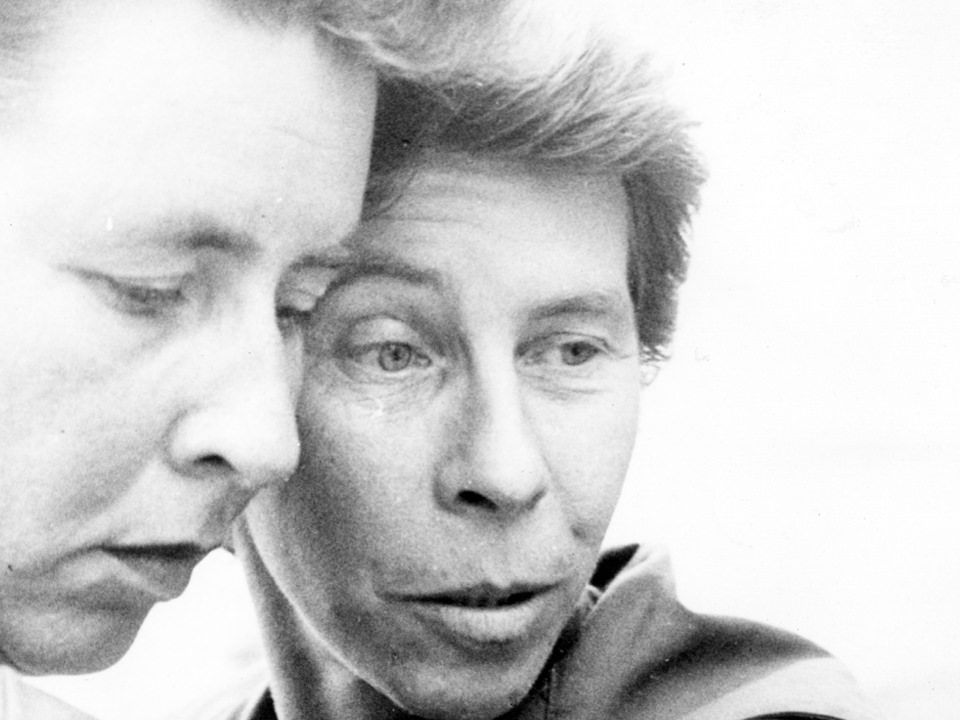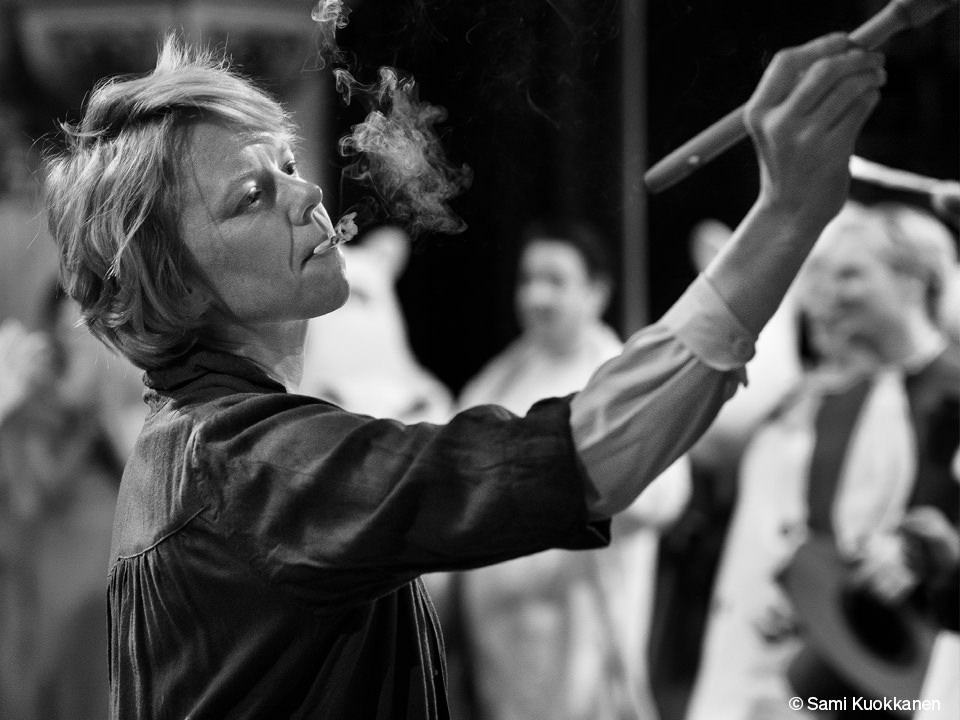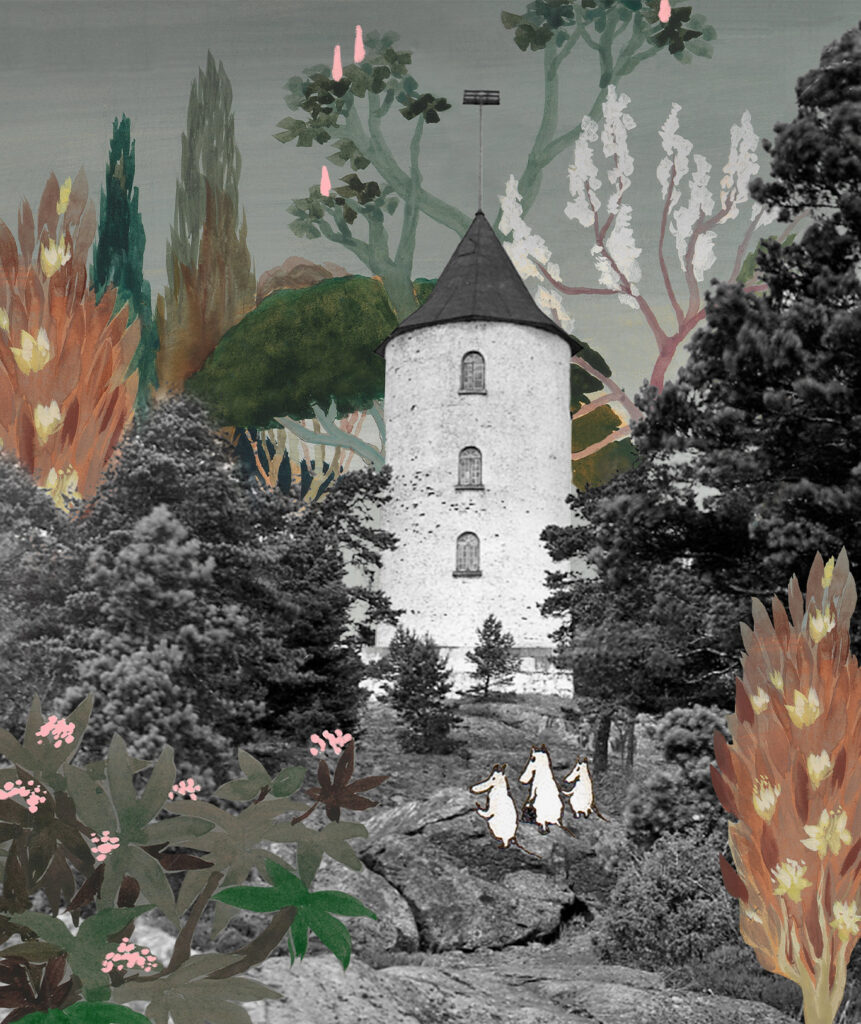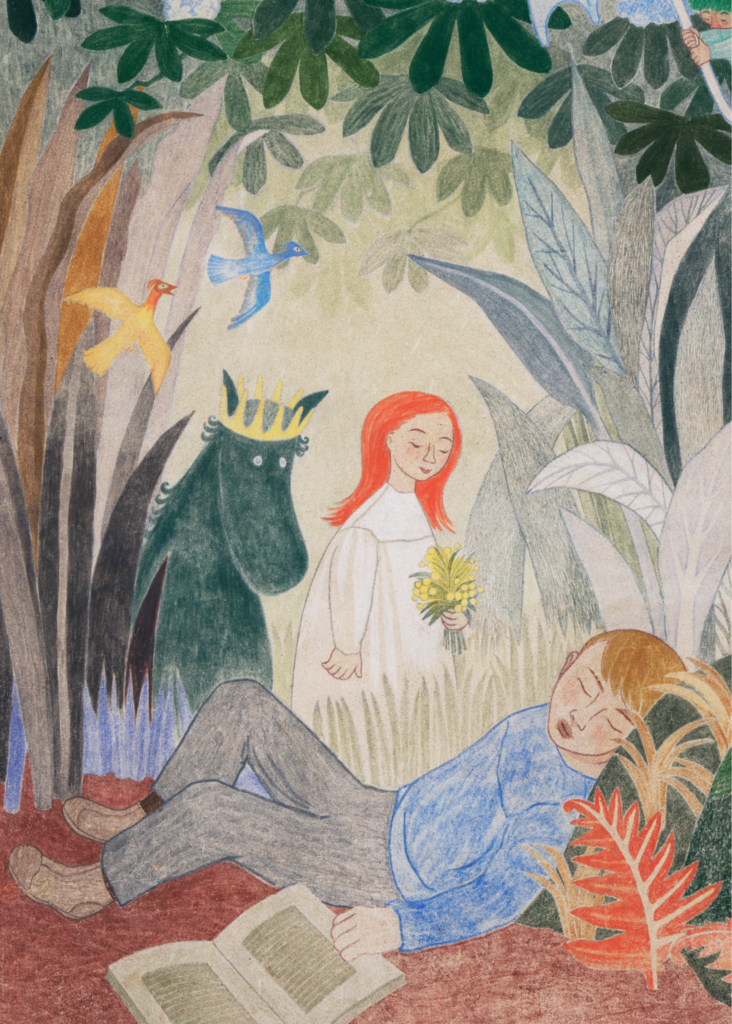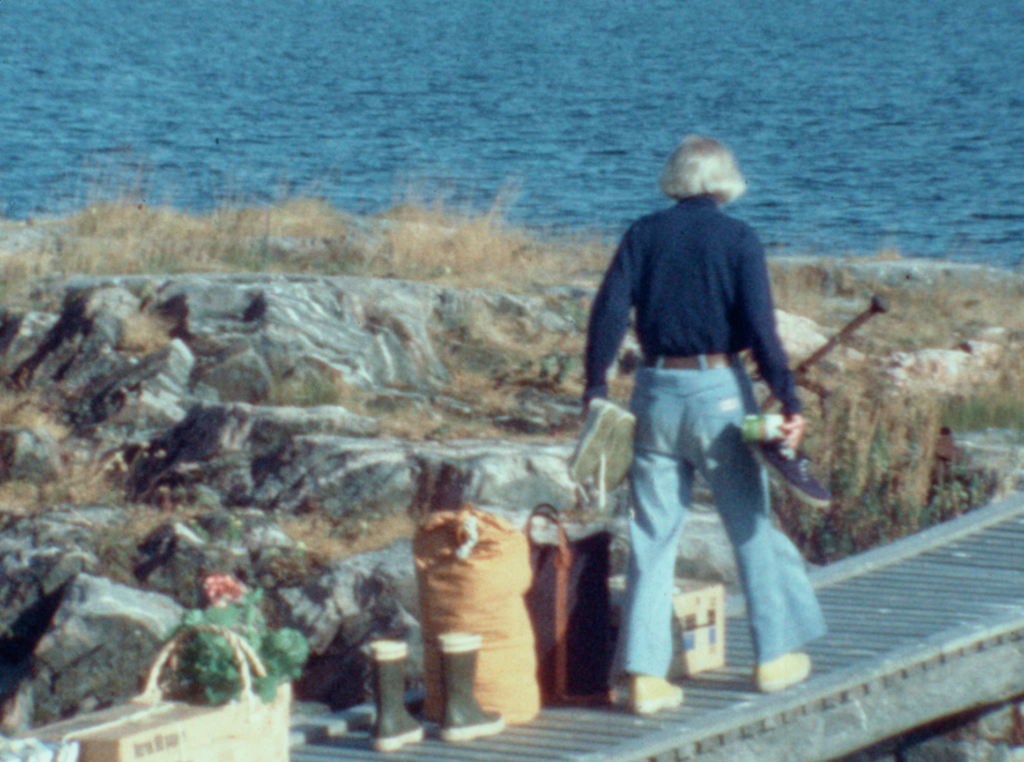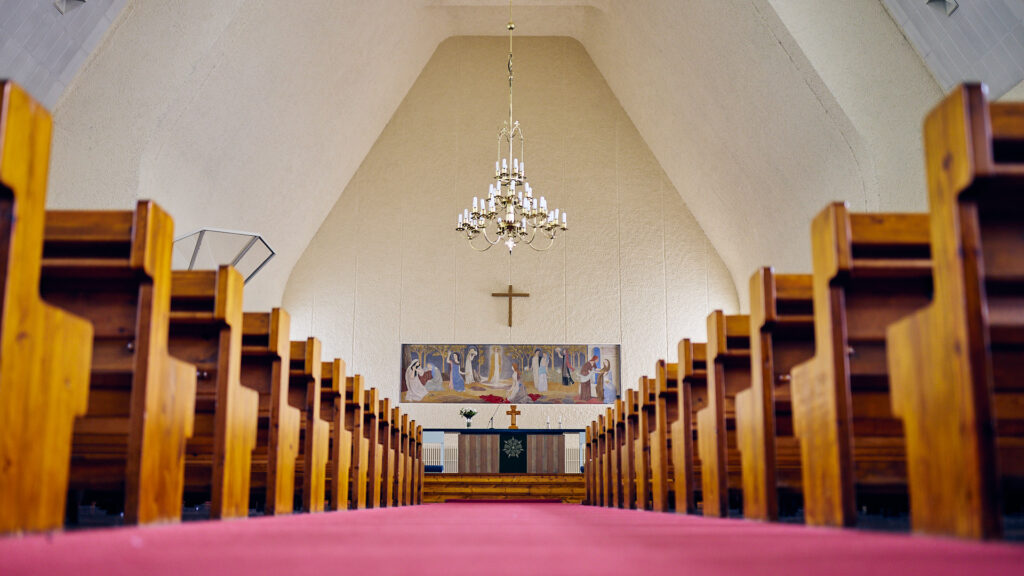
Tove Jansson’s only altarpiece inspires opera

Tove Jansson painted her only sacral work, the altarpiece in the Teuva church, in the middle of her frenetic creative period in the early 1950s. How did a cosmopolitan young female artist from Helsinki end up in the spring of 1953 in flooded Ostrobothnia in the middle of a construction site? This summer’s premiere of an opera, a documentary film and an exhibition touring Finland will explore the subject.
Busy years of monumental works
In the early 1940s, Tove Jansson was known in Finland as a visual artist. It was not until the middle of the decade that the beloved Moominvalley and its characters began to be drawn, and in the 1950s Jansson established herself as one of Finland’s most important writers and illustrators.
Her artistic breakthrough in the 1940s and the extensive connections of her artistic family guaranteed Jansson numerous jobs. Having studied painting and various techniques, including at the Ateneum art school in the mid-1930s, Jansson put her skills to good use in public works of art, especially between 1941 and 1956.
She was commissioned to create dozens of monumental-sized works, murals and window paintings for public spaces all over Finland. She also wrote and illustrated Moomin stories and worked in the theatre, among many other activities. The post-war years in Finland were a time of reconstruction, with a desire to decorate spaces that were accessible to all. One of the monumental commissions was a five-metre altarpiece for the Teuva church in southern Ostrobothnia.
A church by women
The old church in Teuva was destroyed by fire on a freezing cold night in 1950, and the new church was designed by a committee of men who chose architect Elsi Borg. Borg, who designed the Children’s Castle hospital in Helsinki and the Taulumäki church in Jyväskylä, among others, together with assistant architect Kaisa Harjanne, commissioned Tove Jansson to paint an altarpiece for the church they had designed in southern Ostrobothnia.

 Elsi Borg’s early sketch of the Teuva church. The sketch is part of the collection of the Museum of Finnish Architecture.
Elsi Borg’s early sketch of the Teuva church. The sketch is part of the collection of the Museum of Finnish Architecture. In Teuva, the church is called the women’s church, thanks to Borg, Jansson, as well as renowned lighting designer Lisa Johansson-Pape, textile designer Dora Jung and landscape designer Maj-Lis Rosenbröijer.
The Ten Virgins mural, painted on dry lime plaster using the Al Secco technique, depicts the story of the five wise and five foolish virgins in the Gospel of Matthew. Jansson created numerous sketches for the altarpiece, the last of which she worked out at 1:1 scale. Through a perforated sketch, she tapped the outline of the painting on the wall with coal to paint the colours.
For Jansson, the process of creating the altarpiece was fraught with difficulties. The working conditions, in a cold, windowless and drafty church, were very challenging. The gold leaf Tove used was everywhere, she even finds it under her clothes on her stomach after a day’s work.
In a letter to Vivica Bandler in Teuva in August 1953, Jansson describes her work:
“Thank goodness the altarpiece doesn’t look too small, I’d been worrying about that. It fits beautifully into Elsi Borg’s proportions, and if I keep the planes big and simple and make the most of the outlines, as in fresco, it can certainly be appreciated from further back.”
Jansson was in constant conflict with the sponsor of the altarpiece, Erland Luoma, the owner of a suit factory in Lahti, who wanted to immortalise his daughter and his own name on the painting. But money has its limits – Luoma can’t get his final demand through – that Tove makes the altarpiece bigger than agreed. It’s simply too late, as the work is almost finished and the church inauguration is just around the corner.

 Architect Elsi Borg (on the left) together with Tove Jansson and other guests at the inauguration of the Teuva church in 1953. Photo: Olavi Niemi
Architect Elsi Borg (on the left) together with Tove Jansson and other guests at the inauguration of the Teuva church in 1953. Photo: Olavi NiemiTove Jansson themed programmes in Teuva in 2024
Jansson’s only sacral work, The Ten Virgins, will have its own opera in the summer of 2024 at the birthplace of the altarpiece in the Teuva church. Produced by the Korsholm Music Festival, Tove Teuvalla (“Tove in Teuva”) is a moving and illuminating work that unites Tove and Teuva, the individual and the community, and moves on many levels, drawing attention to beauty and hope amidst the pain of the world around us.
The documentary film “Tove Jansson and the Ten Virgins”, produced by Moomin Characters, is a companion piece to the opera, and gives a new perspective on a small rural village and Tove Jansson as an artist. The film features researchers’ observations and contemporaries’ memories of Jansson and the altar painting, and delves into the artist’s thoughts on different painting techniques through workbook entries and letters.
In addition to Tove Jansson’s personal letters and notes, the documentary features a wealth of archive material, including never-before-seen film footage shot by Tove Jansson’s life partner Tuulikki Pietilä. Tove Jansson is voiced by actress Alma Pöysti and narrated by her brother, actor Oskar Pöysti.
In addition to the documentary, the travelling exhibition Elsi and Tove’s journey, which is a supplemental programme to the opera, focuses on the design and art of the Teuva church and presents a wide range of Teuva church, its architecture and art. The exhibition touchingly expresses the emotional connection of the local community to the church in moments of mourning and celebration.
See the ticket sales for the accompanying events here. The documentary will also be shown in the Tove Jansson – Paradise exhibition at the HAM Helsinki Art Museum from October 2024 onwards.

